Testing Five Kingston USB 3.0 Drives
Hello Giktayms! In one of the comments to the interview with Alexey Knyazev, the head of the Kingston’s Russian office, it was rightly noted that for many usb flash it is “well, such a silver one” or “8 gigabytes”.
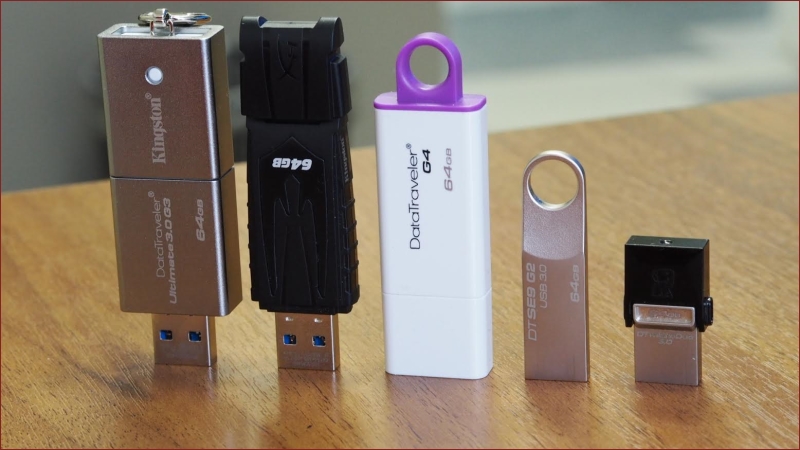
Today's post will be devoted to testing five different drives: black , silver , very small , white and large sliding . Under the cut, a comparison of the latest Kingston flash drives with a USB 3.0 interface with a capacity of 64 gigabytes.
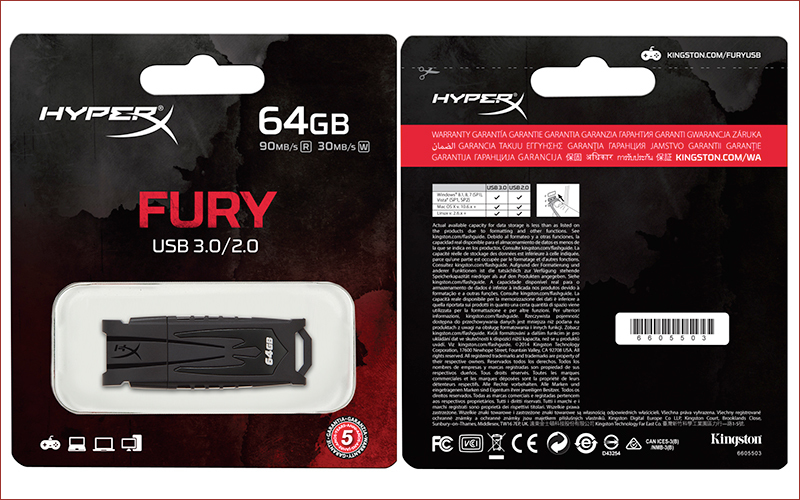
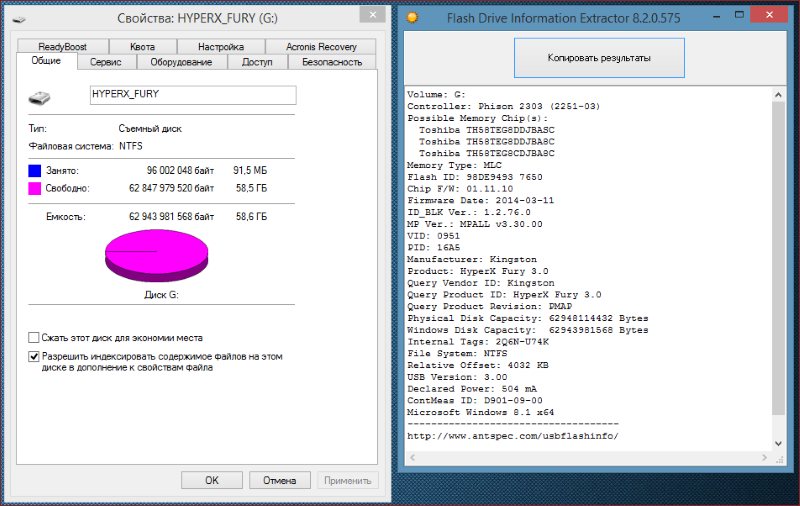
So what can you learn before testing? The manufacturer’s read / write speeds for HyperX Fury 64 Gb are 90/30 MB / s. The drive uses the Phison 2303 controller, a Toshiba type MLC memory. The actual disk size is 62 948 114 432 bytes. Translated into the usual units after formatting, it turns out 58.6 GB.
For each device, not only technical specifications are important, but also moments regarding the convenience or inconvenience of use. In particular, HyperX Fury can very easily lose its protective cap, it is removable and fixes quite weakly. The design of this drive is quite original and will appeal to gamers. HyperX Fury can be used as an expansion memory for the PlayStation and Xbox game consoles.
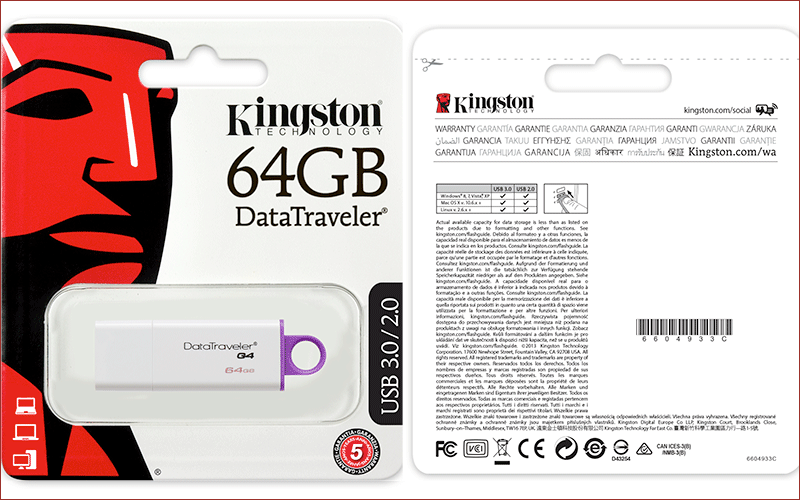
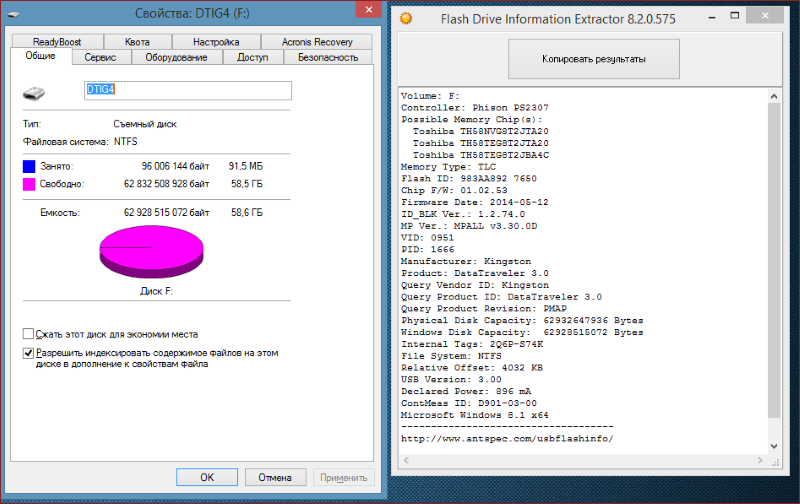
The speed of the DatTraveler G4 is not explicitly stated either on the site or in the datasheet . The drive uses the Phison 2307 controller, a Toshiba-type TLC memory. Actual disk size is 62,932,647,936 bytes. Translated into the usual units after formatting, it turns out 58.6 GB.
The flash drive is large enough, the cap is not the most reliable, there is a convenient plastic ring, for which you can hang the drive on the keys. Inexpensive and convenient option for users who care about the size of the drive.
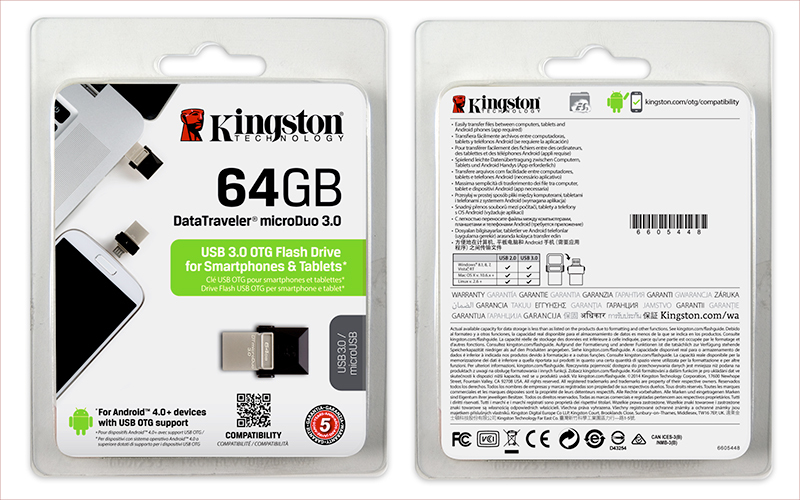
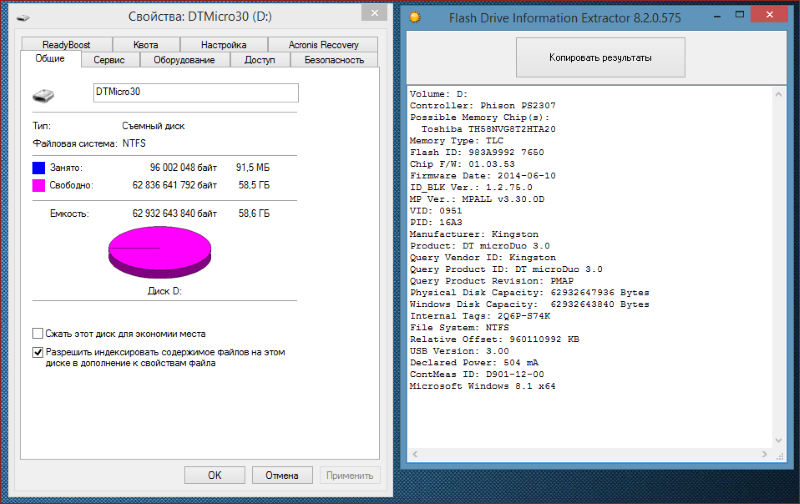
The read / write speeds declared by the manufacturer are 70/15 MB / s. The drive uses the Phison 2307 controller, a Toshiba-type TLC memory. Actual disk size is 62,932,647,936 bytes. Translated into the usual units after formatting, it turns out 58.6 GB.
The flash drive is very small and has a unique feature among the test participants, it is designed to work with OTG technology and can connect to smartphones and tablets. A small metal eye will help to attach the flash drive to a short leash and be sure that it will not be lost.
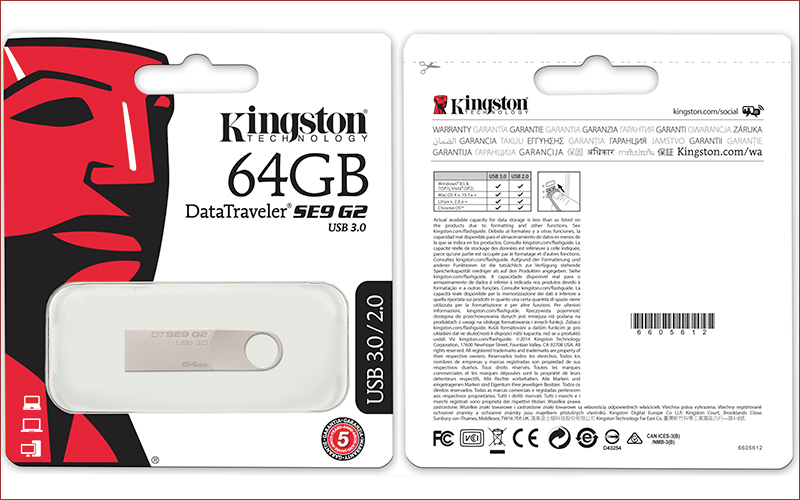
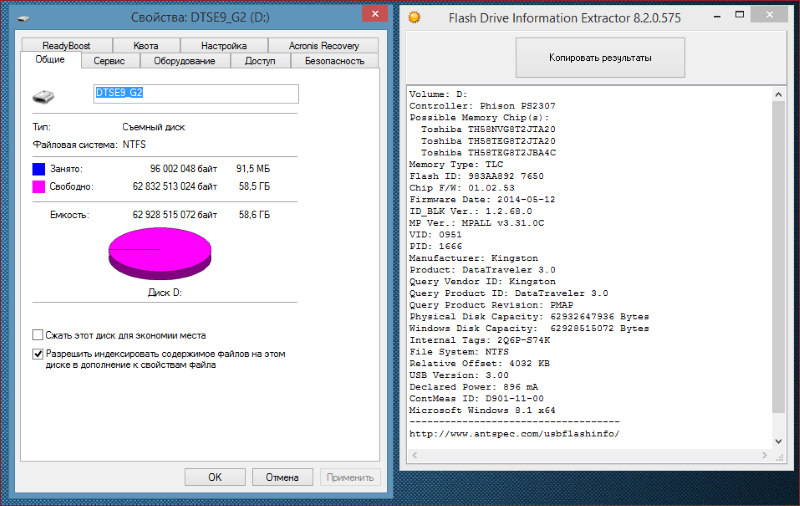
The manufacturer's read / write speeds are 100/15 MB / s. The drive uses the Phison 2307 controller, a Toshiba-type TLC memory. Actual disk size is 62,932,647,936 bytes. Translated into the usual units after formatting, it turns out 58.6 GB.
The smallest drive out of five, no stubs. A metal case, ideal in appearance for wearing on keys or a chain.
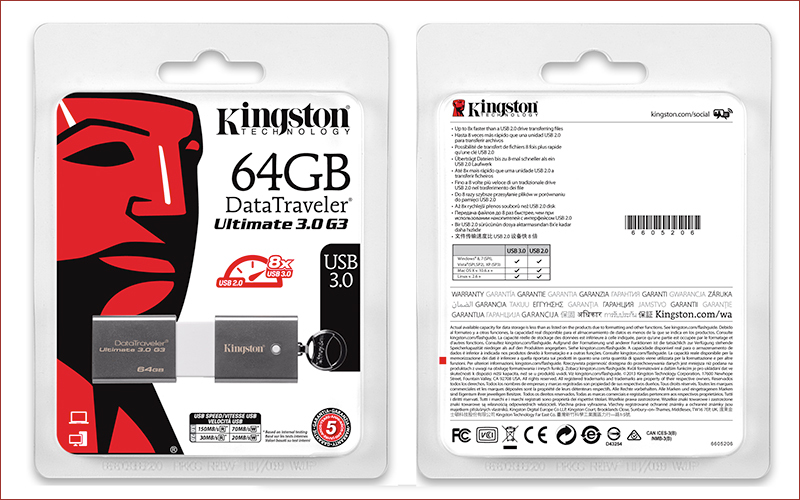
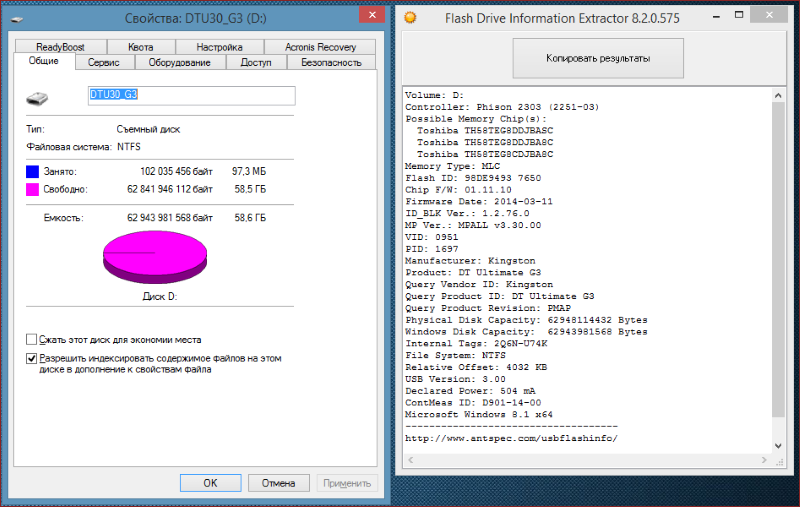
The manufacturer's read / write speeds are 150 / 70MB / s. The drive uses the Phison 2303 controller, a Toshiba type MLC memory. The actual disk size is 62 948 114 432 bytes. Translated into the usual units after formatting, it turns out 58.6 GB.
A flash drive in a metal sliding case and it is very difficult to break or scratch it. On the back there is a convenient ring for fixing on a carbine. This option is suitable for active use in admin activities, or as a drive for car radio
Crystal Disk Mark A
familiar test for measuring the speed of drives, I will use the results of sequential read and write.
AS SSD Benchmark
Another fairly well-known test for flash drives, it has the Copy Benchmark test and since flash drives are mainly used for copying and transferring various information, it is the most informative. It has three scenarios: ISO (two large files), Program (a folder with a large number of small files) and Games (a folder with an assortment of large and small files).
TeraCopy
To assess the most real-world performance, I recorded a huge BDRemux Interstellar movie (35,888,253,409 bytes in size) on a flash drive and fixed the time it took for the movie to be copied to the drive.
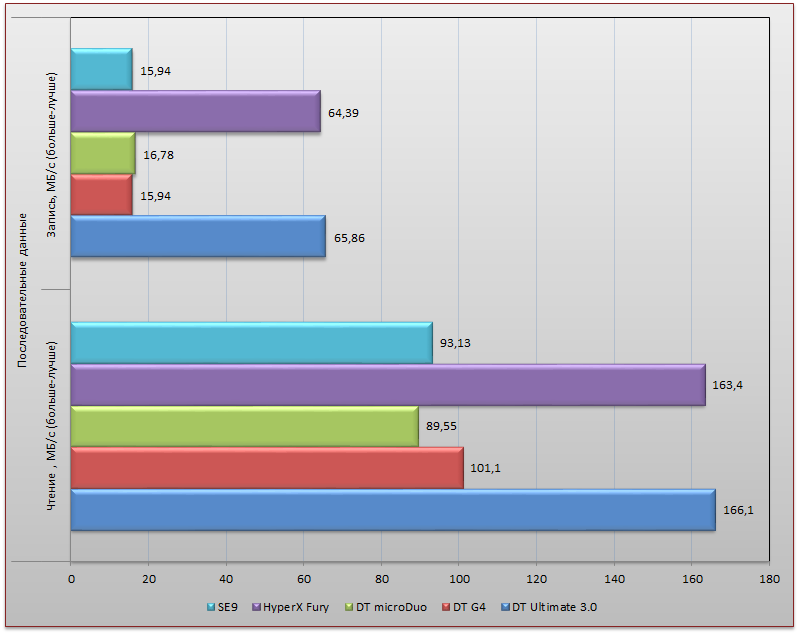
Fairly dense results for writing (the average result of five copies of a file with a capacity of 1 gigabyte) and clear leadership in reading more expensive drives HyperX Fury and DataTraveler Ultimate 3.0.

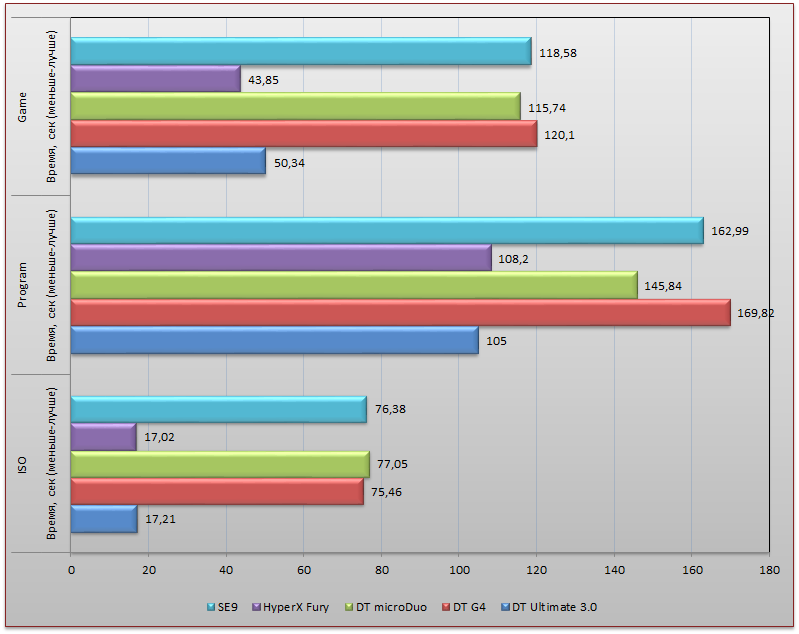
Fast drives are significantly superior to the "kids" DataTraveler SE9 G2, DataTraveler microDuo 3.0 and DataTraveler G4 for copying large files and a mixture of large and small files. For a scenario with a large number of small files, the gap is not so noticeable, but noticeable anyway.
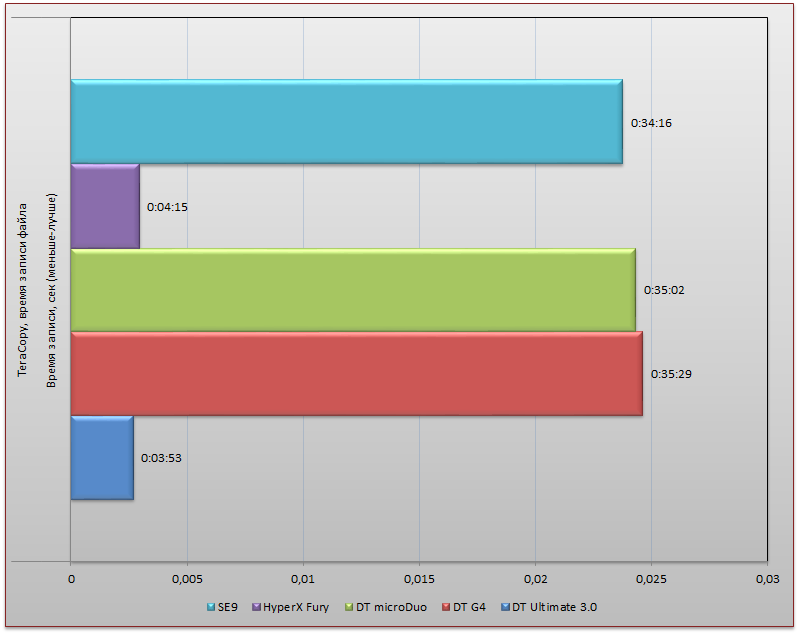
Unexpected result, tenfold advantage in favor of HyperX Fury and DataTraveler Ultimate 3.0. Copying a huge file baffles small drives and the budget DataTraveler G4. Perhaps this picture shows why the user should pay for an expensive flash drive more than for the first one.
As expected, "not all yogurts are equally healthy." HyperX Fury and DataTraveler Ultimate 3.0 broke away from a group of pursuers. Compact drives look decent, but are more suitable for carrying small files, such as documents and music - we can say that the DataTraveler SE9 G2 can do this in the best way - both the metal case and the keys can be hung. If the user is faced with the task of transferring large files - movies or ISO - the best choice is DataTraveler Ultimate 3.0. Well, if you actively transfer data between the mobile device and the computer - then DataTraveler microDuo 3.0 to help.
Thank you for your attention, stay with us on Geektimes.ru!

Today's post will be devoted to testing five different drives: black , silver , very small , white and large sliding . Under the cut, a comparison of the latest Kingston flash drives with a USB 3.0 interface with a capacity of 64 gigabytes.
Test participants
HyperX Fury 64 Gb - the average price on the Y. Market is 2325 rubles.


So what can you learn before testing? The manufacturer’s read / write speeds for HyperX Fury 64 Gb are 90/30 MB / s. The drive uses the Phison 2303 controller, a Toshiba type MLC memory. The actual disk size is 62 948 114 432 bytes. Translated into the usual units after formatting, it turns out 58.6 GB.
For each device, not only technical specifications are important, but also moments regarding the convenience or inconvenience of use. In particular, HyperX Fury can very easily lose its protective cap, it is removable and fixes quite weakly. The design of this drive is quite original and will appeal to gamers. HyperX Fury can be used as an expansion memory for the PlayStation and Xbox game consoles.
DataTraveler G4 64 Gb - the average price on the Y. Market is 1467 rubles.


The speed of the DatTraveler G4 is not explicitly stated either on the site or in the datasheet . The drive uses the Phison 2307 controller, a Toshiba-type TLC memory. Actual disk size is 62,932,647,936 bytes. Translated into the usual units after formatting, it turns out 58.6 GB.
The flash drive is large enough, the cap is not the most reliable, there is a convenient plastic ring, for which you can hang the drive on the keys. Inexpensive and convenient option for users who care about the size of the drive.
DataTraveler MicroDuo 3.0 64 Gb - the average price on the Y. Market is 1549 rubles.


The read / write speeds declared by the manufacturer are 70/15 MB / s. The drive uses the Phison 2307 controller, a Toshiba-type TLC memory. Actual disk size is 62,932,647,936 bytes. Translated into the usual units after formatting, it turns out 58.6 GB.
The flash drive is very small and has a unique feature among the test participants, it is designed to work with OTG technology and can connect to smartphones and tablets. A small metal eye will help to attach the flash drive to a short leash and be sure that it will not be lost.
DataTraveler SE9 G2 64 Gb - the average price on the Y. Market is 1658 rubles.


The manufacturer's read / write speeds are 100/15 MB / s. The drive uses the Phison 2307 controller, a Toshiba-type TLC memory. Actual disk size is 62,932,647,936 bytes. Translated into the usual units after formatting, it turns out 58.6 GB.
The smallest drive out of five, no stubs. A metal case, ideal in appearance for wearing on keys or a chain.
DataTraveler Ultimate 3.0 G3 64 Gb - the average price on the Y. Market is 2795 rubles.


The manufacturer's read / write speeds are 150 / 70MB / s. The drive uses the Phison 2303 controller, a Toshiba type MLC memory. The actual disk size is 62 948 114 432 bytes. Translated into the usual units after formatting, it turns out 58.6 GB.
A flash drive in a metal sliding case and it is very difficult to break or scratch it. On the back there is a convenient ring for fixing on a carbine. This option is suitable for active use in admin activities, or as a drive for car radio
How are we testing?
Test stand
- Processor: Intel Core i7-5960X
- Motherboard: ASUS Rampage V Extreme
- RAM: HyperX Fury DDR4-2133 32 Gb (4 * 8 Gb)
- System SSD: HyperX Predator PCI-E SSD 480 Gb
- Video card: ASUS Radeon R9 290X Matrix
- Power Supply: Corsair AX1200i, 1200W
- Operating System: Windows 8.1 Professional (64-bit)
Test software
Crystal Disk Mark A
familiar test for measuring the speed of drives, I will use the results of sequential read and write.
AS SSD Benchmark
Another fairly well-known test for flash drives, it has the Copy Benchmark test and since flash drives are mainly used for copying and transferring various information, it is the most informative. It has three scenarios: ISO (two large files), Program (a folder with a large number of small files) and Games (a folder with an assortment of large and small files).
TeraCopy
To assess the most real-world performance, I recorded a huge BDRemux Interstellar movie (35,888,253,409 bytes in size) on a flash drive and fixed the time it took for the movie to be copied to the drive.
Test results
Crystal disk mark

Fairly dense results for writing (the average result of five copies of a file with a capacity of 1 gigabyte) and clear leadership in reading more expensive drives HyperX Fury and DataTraveler Ultimate 3.0.
AS SSD Benchmark


Fast drives are significantly superior to the "kids" DataTraveler SE9 G2, DataTraveler microDuo 3.0 and DataTraveler G4 for copying large files and a mixture of large and small files. For a scenario with a large number of small files, the gap is not so noticeable, but noticeable anyway.
Teracopy

Unexpected result, tenfold advantage in favor of HyperX Fury and DataTraveler Ultimate 3.0. Copying a huge file baffles small drives and the budget DataTraveler G4. Perhaps this picture shows why the user should pay for an expensive flash drive more than for the first one.
Organizational Conclusions
As expected, "not all yogurts are equally healthy." HyperX Fury and DataTraveler Ultimate 3.0 broke away from a group of pursuers. Compact drives look decent, but are more suitable for carrying small files, such as documents and music - we can say that the DataTraveler SE9 G2 can do this in the best way - both the metal case and the keys can be hung. If the user is faced with the task of transferring large files - movies or ISO - the best choice is DataTraveler Ultimate 3.0. Well, if you actively transfer data between the mobile device and the computer - then DataTraveler microDuo 3.0 to help.
Thank you for your attention, stay with us on Geektimes.ru!
